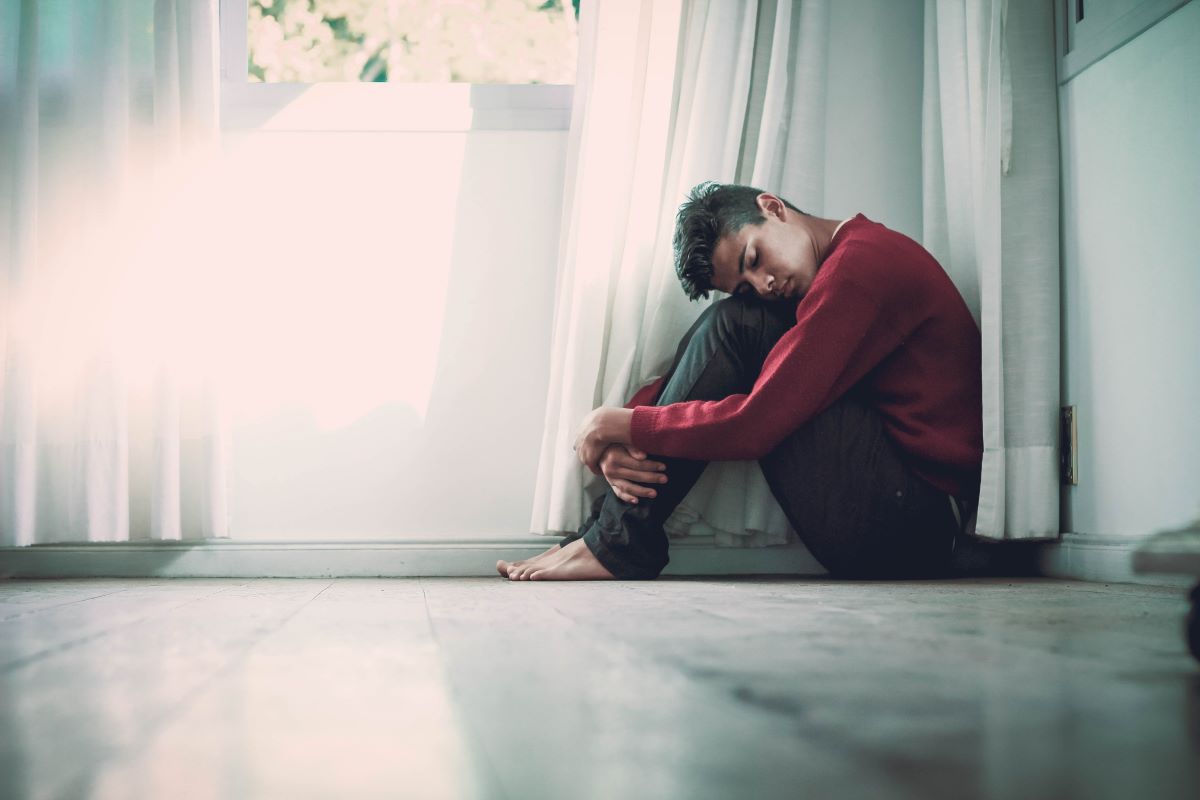 Photo via Unsplash
Photo via Unsplash
Asian American Mental Health: It’s Time We Talk about It
Faye Du is conflicted. Like other children of immigrants, she’s grateful for the opportunities her parents have worked to provide her. And yet, she says, the pressure to honor their sacrifice through academic success has taken a toll on her mental health.
As students across the country return to school, Asian American students like Du are grappling with an issue they say goes largely unaddressed in their own homes.
“My parents worked so much harder than me to bring me here, and it feels like I owe academic success to them,” says Du, a high school senior. “I think this makes many Asian Americans, and immigrant children in general, fearful of failure, in and outside of school.”
For Du, that fear became paralyzing, especially during the height of the pandemic lockdown, impacting her studies as well as her personal life.
“When I struggled with my mental health, I didn’t have the opportunity or ability to reach out to a healthcare professional, which fed into a cycle of not knowing and feeling deeply uncomfortable with where I was mentally,” Du recounts. “That correlated with my academics… I wasn’t keeping the best grades and often turned in work late. At that point, the pressure of academic success became overwhelming.”
Du describes a downward spiral where the pressure to succeed in school fed into the mental turmoil she was experiencing, which in turn impacted her performance in school which again fueled her inner anguish.
And the worst part, she says, was that she couldn’t confide in her family. “In my household, poor mental health or mental disorders are seen as a disease or something that makes you less of a respectable and functioning human.”
Studies show Asian Americans are 50% less likely than other racial groups in the US to seek out help for mental health issues. A recent article in JAMA Pediatrics also noted an alarming rise in suicide rates among Asian American youth ages 15-24, with a 72% increase for males and a 125% increase for females between 1999 and 2021.
Suicide is the leading cause of death for Asian American and Pacific Islander youth.
“When we’re designing policies and programs to address this problem, we need to think about which communities to focus on and how to make our mental health interventions appropriate, taking into account things like culture, language and community resources,” study author Dr. Anthony L. Bui said in an interview after the study’s release.
Advocates for disaggregating health data along racial and ethnic lines have long argued that doing so can provide a more granular understanding of the health challenges unique to specific communities. The federal government announced earlier this year that it would do just that , with new standards for data collection to be rolled out over the next five years.
But for high school student Ben Suo, efforts to address this largely silent epidemic need to start closer to home.
“What I’ve noticed is at any gathering with other Asian families, the hot topic for all the parents is to compare children and share what awards and extracurriculars they’ve been doing,” he says. “I’ve found it to be pretty toxic.”
Like Du, Suo traces the root of his mental health challenges to the pressure he feels to live up to his parents’ – and by extension, his community’s – expectations. And, he says, cultural norms add another layer to an already tangled web.
Whether it’s the emphasis on family over the individual, common in Asian cultures, or the myth of the model minority, these entrenched norms can often make it difficult to open up about an issue that for many is deeply personal.
Suo has some advice for parents. In his own home, he says, his mom gave him the space to find outlets that helped him cope. “My mom allowed me to pursue running and even a girlfriend to ‘recharge’ academically,” he says, adding he knows other students, those he says have “the most net stress,” whose parents actively discourage such pursuits.
As a young Asian American, I’ve felt first-hand that weight of expectation and the difficulty in communicating one’s inner struggles. I remember the first time I visited a therapist while in junior high school, and how absurd it seemed when she asked me to rate my sadness on a scale of 1 to 5. Such a question would never have come up in my own home.
Looking back, I realize what that exercise revealed about the extent of my own inner struggle and how I had learned to ignore it for so long.
As more young Asian Americans succumb to depression and the silence around mental health, the need for open conversations about these issues is greater than ever.
(Jeannine Chiang is an aspiring journalist and a rising senior at Burlingame High School in Burlingame, California where she is a reporter for the school paper, The Burlingame B)

